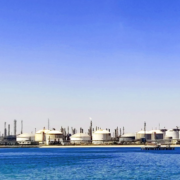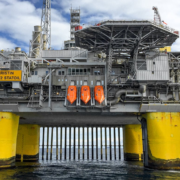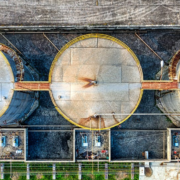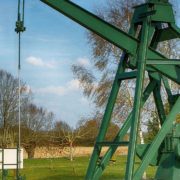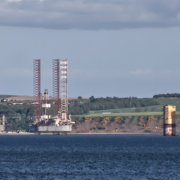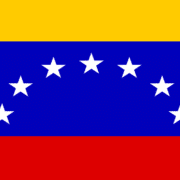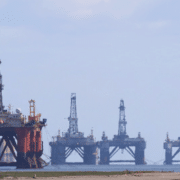Jet fuel and petrochemicals are expected to fuel crude demand this decade. Moreover, oil demand in the transport sector is set to peak by 2026. This is one year earlier than originally anticipated. Goldman Sachs believes oil demand will peak in 2026. Then, BP Plc believes the highest global demand growth is already over. Now, the International Energy Agency (IEA) thinks the peak could come later, in 2030. However it’s framed, it is clear that the oil and gas industry is facing a turbulent future.
The adoption of electric vehicles (EV) is expected to increase sharply over the next decade, driving down the demand for oil to power road transportation. According to Deloitte, we can expect a CAGR of 29 percent for the EV industry between now and 2030, with sales expected to increase from 2.5 million in 2020 to 11.2 million by 2025, and 31.1 million by 2030.
It is thought that China will account for around 49 percent of the global EV market share, with Europe following at 27 percent and the USA with a 14 percent market share. Developed countries are expected to drive EV demand over the next decade until growth levels out in the 2030s.
Click here to read the full article.
Source: Oil Price
If you have further questions about any peak oil demand-related topics, feel free to reach out to us here.

